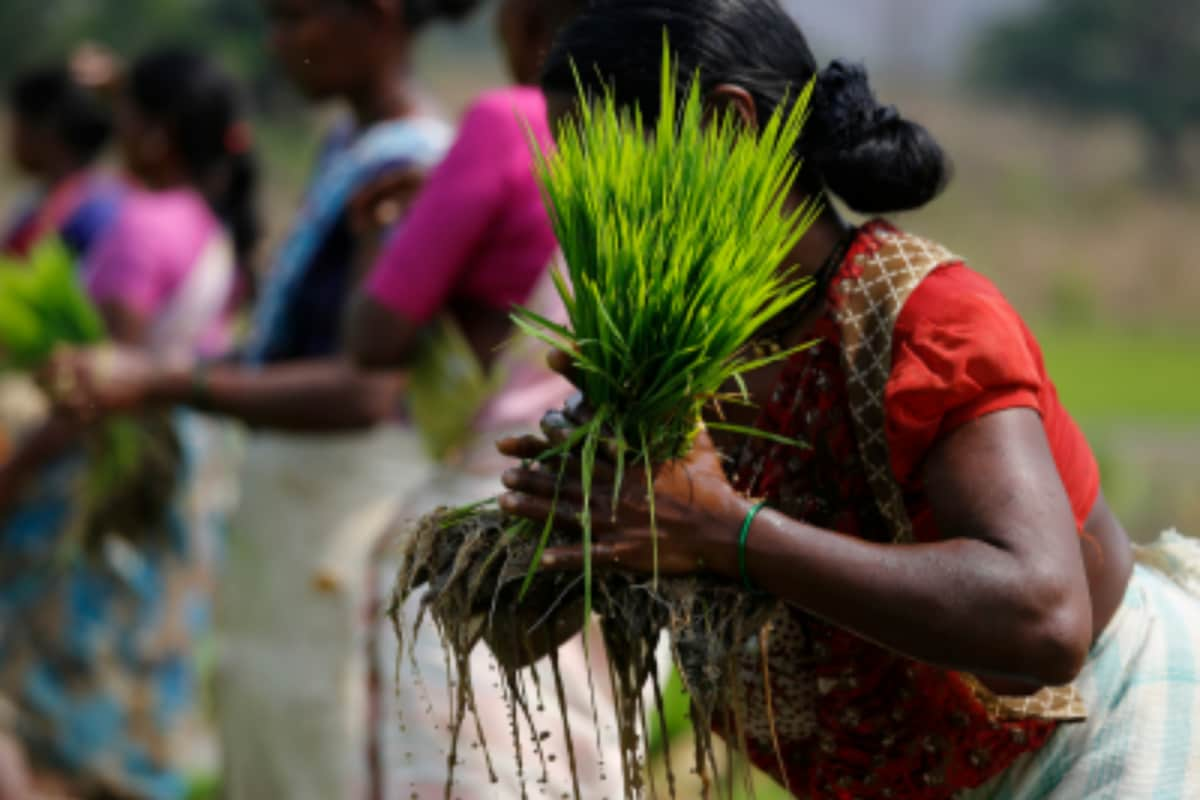

As the Economic Survey points out: “In contrast, a large share of output in wheat, rice and sugarcane – in Punjab, Haryana and UP – is from irrigated land. The other big problem with pulses is that most of it is grown on unirrigated land.

This is very important given that pulses are a huge source of protein for vegetarians. With the government buying more pulses at the minimum support price, it will incentivise more farmers to grow them, improving the total production of pulses. Given the current structure of the agricultural economy these are steps in the right direction. This Fund has been provided with a corpus of Rs 900 crore to support market interventions.”

Government has approved creation of buffer stock of pulses through procurement at Minimum Support Price and at market price through Price Stabilisation Fund. As Jaitley said during his speech: “A number of measures have been taken to deal with the problem of abrupt increase in prices of pulses. Rs 500 crores under National Food Security Mission has been assigned to pulses.”Īlso, the government has plans of creating a buffer stock for pulses like it has for rice and wheat. And the good part is that the finance minister Arun Jaitley has gone ahead with this suggestion in the budget.Īs Jaitley said in his budget speech: “Effective arrangements have been made for pulses procurement… Incentives are being given for enhancement of pulses production.

Based on Commission for Agricultural Costs and Prices’s interaction with a wide spectrum of farmers and also based on field visits, it emerged that farmers need a backup plan in the form of reasonably strong procurement machinery to be put in place to fall back upon when the prices fall below minimum support price.”Īlong these lines, the Economic Survey recommends a “strengthened procurement system” for pulses. The question is how can the government incentivise farmers to produce pulses and wean them away from producing rice and wheat.Īs the report titled Price Policy for Kharif Crops-The Marketing Season of 2015-2016 points out: “A pertinent question arises as to why farmers are not wholeheartedly diversifying towards oilseeds and pulses. This means that the farmers need to be incentivised to produce pulses and at the same the yields on pulses also need to go up. As the Survey puts it: “Given that India is the major producer and consumer of pulses, imports cannot be the main source for meeting domestic demand.” Importing pulses is really not a solution because India is the number one producer as well a consumer of pulses in the world. Elections have been lost in the past on onion prices going up and given this, elections can easily be lost in the future with price of pulses going up. In the recent past the price of tur dal (or pigeon pea) had touched Rs 200 per kg. But it also leads to a situation where there are frequent spikes in the price of pulses. This has effectively led to a situation where the government has large stocks of rice and wheat much above the buffer stock norms. Public procurement at MSP has disproportionately focused on wheat, rice and sugarcane and perhaps even at the expense of other crops such as pulses and oilseeds.” As the Survey points out: “In principle MSP exists for most farmers for most crops, it’s realistic impact is quite limited for most farmers in the country.


 0 kommentar(er)
0 kommentar(er)
